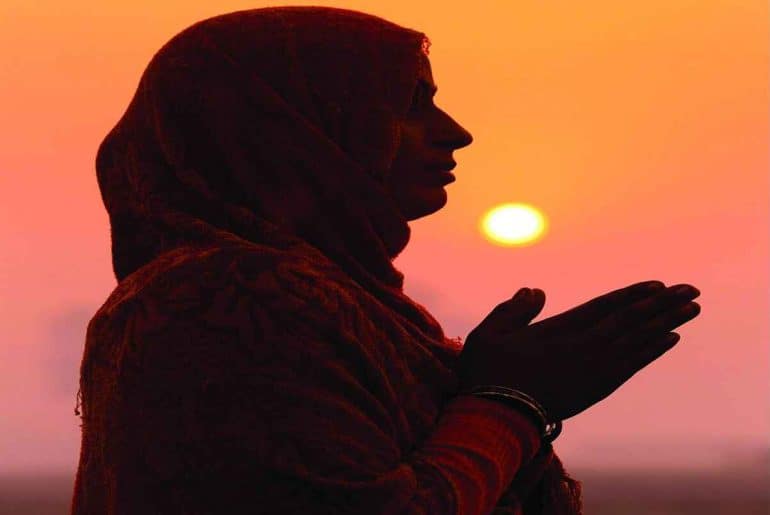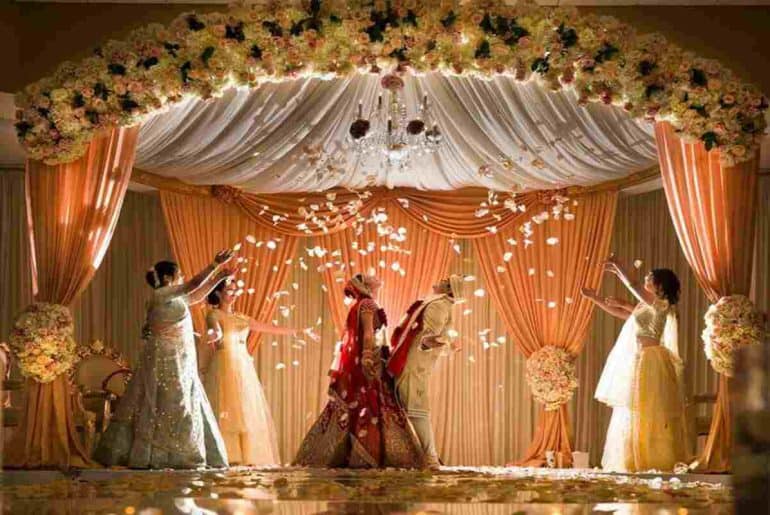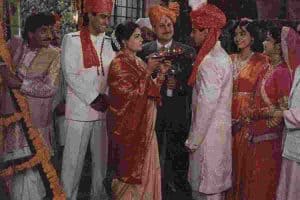Human beings have never existed in isolation. Everything that has been a part of our history, has both influenced and been influenced. Charles Darwin and Adolf Hitler are two non-contemporary individuals who find themselves at a similar junction— “survival of the fittest”.
Darwin and Hitler are two names that have woven their way into our lives— be it through education, literature, or even popular media. When you say these names, you hardly ever expect someone to not know of them; that is the level of fame (good or bad) both of them have ended up garnering over the last many decades.
Charles Darwin, the mind behind the godly concept of evolution, has been very popularly known for telling humans one thing: the fact that humans and apes shared a common ancestor. The outrage was far beyond anything anyone could imagine; after all, it isn’t usually taken well when you imply the comparison of the “developed, far superior” human to an animal like the ape. Darwin ended up penning his ideas and theories in two books— ‘The Origin of Species’ (1859) and ‘The Descent of Man’ (1871) — leaving behind a legacy for others to ponder upon and most often than not, dissect and distort.
Fast forward to 1914, to the story of a young man, Adolf Hitler, who had recently volunteered to fight in the Bavarian army during World War 1; the same war that ended with the signing of the Treaty of Versailles and brought “great humiliation” to Hitler’s fatherland, Germany. Being one amongst the many who believed that Germany could have won the war, Adolf Hitler became (in a sense) disturbingly obsessed with these concepts and ideals in that post-war era. With rising anger and profoundly deep blame that hadn’t found its mark yet, Hitler joined a small nationalist political party (which later came to be known as the ‘Nazi Party’) whose members carried antisemitic sentiments in their hearts as well as minds.
These sentiments did not just leave an indelible mark on Hitler’s life but ended up forming the very foundation of German society, politics and emotions. But a question rises— how did Hitler end up convincing hundreds upon thousands of Germans to follow what he preached? How did intellectuals and learned individuals (including doctors and scientists) give in to the gory reality of something as twisted as genocide?
 Image credits: United States Holocaust Memorial Museum
Image credits: United States Holocaust Memorial Museum
In the 19th and 20th century, modern society, specifically in Germany, was filled to the brim with numerous new and developing ideas. This meant that Hitler did not have to step onto the stage holding a clean slate in his hand; rather he was armed with the ideas of those before him. He truly understood the meaning of learning from the past to influence the future.
In his writings and numerous speeches, Hitler might have presented varying ideas but at the very core, all of them were born from the same racial and imperialist seed, sown into the belief that humans existed in a state of hierarchical races and that the Aryans were at the top rung of this figurative ladder. This division of humans into races, which we now consider a social construct, found a scientific justification with Hitler holding the reins.
Hitler confidently claimed that the existing racial differences amongst human beings ended up manifesting themselves in terms of an individual’s intellectual and moral capabilities, a claim whose origin can be believed to be traced back to Darwin’s ‘Descent of Man’. This claim allowed him and the so-called “superior races” to exercise free will, because, after all, they were the most intellectual and morally capable beings. But as we have seen through the windows of historical writings and sources, this was not where it stopped. Combining these biological but distorted Darwinist claims with the German Völkisch ideals (that the German people were connected to each other and the German soil), Hitler came up with a fool-proof way to fuel a superiority complex amongst the Germans.
This theory of racial superiority ended up becoming a justification for anything and everything that Hitler thought would benefit the fatherland. He claimed that Germany was overcrowded (a completely baseless and false claim for that matter) and it was a requirement for the Germans to expand into the East, that is, the regions of the Slavs. Now this was considered a problem because the Aryans being a superior race to the Slavs, could claim better resources, or in this case, more land.
Darwin said that
At some future period, not very distant as measured by centuries, the civilized races of man will almost certainly exterminate and replace throughout the world the savage races.”
and Hitler ended up drawing from this the only logical conclusion he could— that war and extermination of the savage races was inevitable. While Darwin had talked about a natural phenomenon, Hitler zeroed in onto the only plausible conclusion in his eyes, that is, human interference as the only means to this end.
Thus, Hitler found a way to justify prioritising the Aryans and their needs over everyone else.
 Image credits: https://biography.yourdictionary.com/
Image credits: https://biography.yourdictionary.com/
But it wasn’t as if being an Aryan gave a free pass of safety to a person. Hitler found his way to another one of Darwin’s ideas.
In the ‘Descent of Man’, Darwin compared the evolution of human beings with the breeding of animals and said
Thus, the weak members of civilized societies propagate their kind. No one who has attended to the breeding of domestic animals will doubt that this must be highly injurious to the race of man,”
allowing someone with a one-track mind like Hitler’s to see this as an opportunity and a necessity to propagate the existence of only the superior races, thereby creating a “perfect” Germany and later a “perfect” world. Cue the entry of eugenics (the practice of improving the human species by selectively mating people with specific desirable hereditary traits) to an already messed up, beyond-repair reality. This meant that people with diseases, weaknesses, and mental or physical deformities, began to be seen as a burden upon German society. This ideology of Hitler did not function within the racial hierarchy concept, for now, everyone was equal in Hitler’s eyes. He launched the Akiton T4 or the Euthanasia program, a systematic murder of all those who were seen as anything less than the “perfect Aryans.”
Amongst all this, the Jews were in an even worse position (yes, it does get worse than this). They were seen as inhuman creatures who could not even be given the “privilege” to be part of this highly biased, but still human, racial hierarchy. The Jews were seen and represented as the devil incarnate, or microbes, or bacteria; nothing fit for a human being.
 Image credits: United States Holocaust Memorial Museum
Image credits: United States Holocaust Memorial Museum
There is nothing that sums up the atrocities the Jews had to go through and the Holocaust that changed not just the lives of people but the path of history itself.
Hitler built such a reputation for himself, not just through his eloquent speeches, but by using scientific arguments as a defense, that he convinced people to cold-bloodedly murder those who had been a part of their country just a few years ago. But it wasn’t just a one-man show. Hitler wasn’t alone. The one thing that needs to be credited to him is the vast knowledge he built upon. From being inspired by Ernst Haeckel to picking up ideas from Francis Galton, he made the most practical application of theoretical knowledge than anyone else ever did.
So, when we ask— did Charles Darwin trigger the holocaust, I might just have a really simple answer. None of the things that Hitler did have a monocausal explanation; none of these ideologies can be pinned to a single person or a single theory. So yes, Darwin did play a very important role in providing Hitler with the necessary shield to defend his twisted ideas with, but also Darwinian ideas cannot be blamed for having caused the Holocaust or making Hitler, “Hitler,” singlehandedly.
In conclusion, Hitler was the true embodiment of a “self-seeking maximiser” who used a novel, scientific idea to justify his actions and minimise the ensuing public reaction to his policies. Charles Darwin cannot be blamed for the holocaust because if the holocaust was dependent upon a single someone, that someone would only be Hitler.
Read also ‘Fresh or Stale: Looking at the Construct of Freshers’
Feature Image Credits: evolutionnews.org
Manasvi Kadian
[email protected]







 Image credits:
Image credits:  Image credits: United States Holocaust Memorial Museum
Image credits: United States Holocaust Memorial Museum